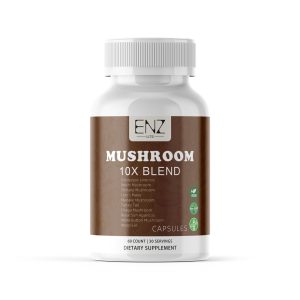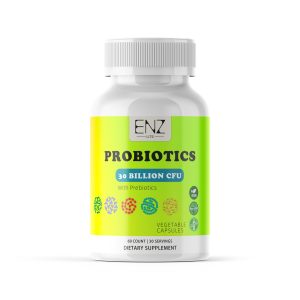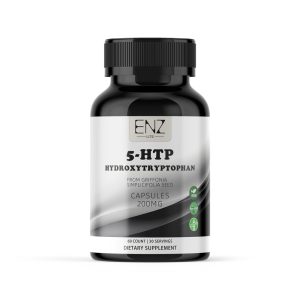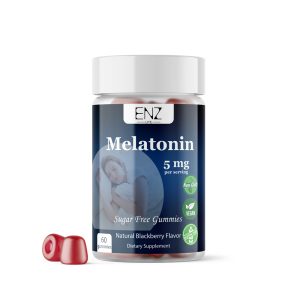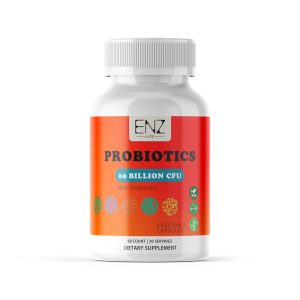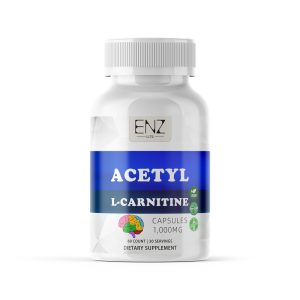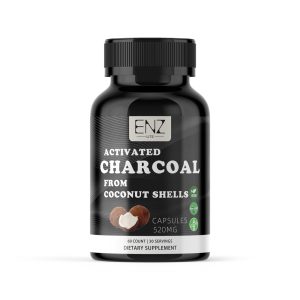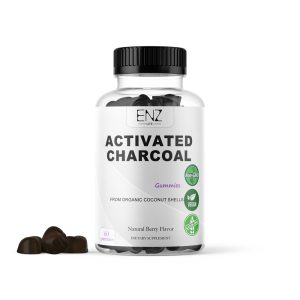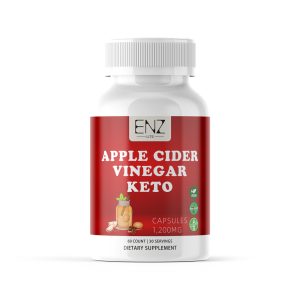Probiotics are living microorganisms that deliver health benefits when consumed in adequate amounts. As demand for dietary supplements and functional foods rises, the Manufacturing Notes on Probiotics has become one of the most technically advanced and quality-sensitive sectors in the nutraceutical industry. Producing effective probiotics requires precision, hygiene, and scientific rigor at every stage — from strain selection to post-packaging stability testing.
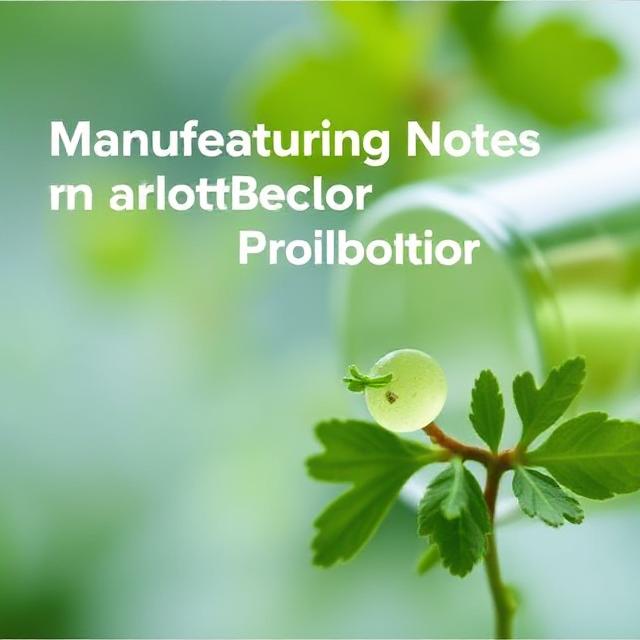
In this comprehensive guide, we’ll cover the 10 essential notes on probiotic manufacturing, explaining what makes a probiotic product high-quality, stable, and beneficial for consumers. Whether you are a supplement brand, healthcare business, or entrepreneur entering the probiotic market, this article will give you valuable insight into professional manufacturing practices.
Table of Contents
- 1. Understanding Probiotic Manufacturing
- 2. Strain Selection and Characterization
- 3. Fermentation Process Control
- 4. Downstream Processing and Harvesting
- 5. Drying Techniques (Freeze-Drying & Spray-Drying)
- 6. Encapsulation and Stabilization
- 7. Formulation and Product Development
- 8. Quality Control and CFU Testing
- 9. Packaging, Storage, and Shelf-Life
- 10. About ENZ Pharmtech — Contract Dietary Supplement Manufacturer
- Summary Table
- FAQs
- References
1. Understanding Probiotic Manufacturing
Manufacturing probiotics is far more complex than producing ordinary supplements. Because probiotics contain live microorganisms, manufacturers must maintain the right environment to keep bacteria viable and stable through the entire process — from culture to packaging. The ultimate goal is to ensure the colony-forming unit (CFU) count remains consistent and effective when the product reaches the consumer.
Key Objectives of Probiotic Manufacturing:
- Maintain bacterial viability throughout production.
- Ensure product safety and contamination-free environments.
- Deliver consistent potency and stability until expiration.
2. Strain Selection and Characterization

The foundation of any probiotic product lies in choosing the right microbial strains. Each probiotic strain has unique health benefits and stability characteristics. Selecting and characterizing these strains determines the product’s efficacy and target application — whether it’s digestive health, immunity, or skin wellness.
Considerations When Selecting Strains:
- Scientific validation: Choose strains backed by clinical evidence.
- Safety profile: Confirm GRAS (Generally Recognized as Safe) or equivalent certification.
- Functional compatibility: Ensure compatibility with other ingredients in multi-strain formulas.
- Survivability: Select strains resistant to stomach acid and bile salts.
3. Fermentation Process Control
Once the strains are selected, they must be cultivated under precise fermentation conditions. The fermentation process allows bacteria to multiply in a nutrient-rich medium, forming the basis of the probiotic culture.
Critical Fermentation Factors:
- Temperature: Each strain requires an optimal growth temperature (commonly 35–40°C).
- pH level: Controlled to prevent metabolic inhibition or stress on the bacteria.
- Oxygen level: Anaerobic or microaerophilic conditions depending on the strain type.
- Nutrient composition: Includes carbohydrates, peptides, and minerals for maximum yield.
4. Downstream Processing and Harvesting
After fermentation, the bacterial biomass must be separated and purified. This is called downstream processing. The goal is to remove unwanted substances and prepare the culture for drying and stabilization.
Downstream Steps:
- Cell separation: Using centrifugation or filtration to isolate live cells.
- Washing: Removing residual media and impurities.
- Concentration: Increasing the CFU count for potency.
5. Drying Techniques (Freeze-Drying & Spray-Drying)
Drying is crucial for converting live bacterial cultures into a stable powder form. Two main methods are used: freeze-drying (lyophilization) and spray-drying. Each technique offers unique benefits based on product type and strain stability.
Freeze-Drying Advantages:
- Maintains high bacterial survival rate.
- Ideal for sensitive strains.
- Extended shelf-life stability.
Spray-Drying Advantages:
- Faster and cost-effective process.
- Suitable for robust bacterial species.
- Efficient for large-scale industrial production.
6. Encapsulation and Stabilization
Encapsulation protects probiotics from moisture, oxygen, and gastric acid, ensuring they survive until they reach the gut. Modern technologies such as microencapsulation and enteric coating are used to extend product life and enhance effectiveness.
Encapsulation Techniques:
- Microencapsulation: Embeds live cells within a polymer or lipid shell.
- Enteric Coating: Protects bacteria from stomach acid, releasing them in the intestines.
- Freeze-Protectants: Use of cryoprotectants like trehalose or skim milk powder to maintain viability.
7. Formulation and Product Development
Probiotics are incorporated into diverse formats, depending on consumer preference and market demand. The formulation stage also considers compatibility with prebiotics, vitamins, or minerals for synergistic health benefits.
Common Probiotic Product Forms:
- Capsules and tablets
- Powder sachets
- Liquid suspensions
- Functional foods and beverages
- Gummies and soft gels
Advanced supplement manufacturers like ENZ Pharmtech also specialize in innovative delivery forms such as Gummy Vitamins, Herb Capsules, Liquid Drops, Gel Jellies, Effective Tablets, Powder Drinks, and Creatine Monohydrate Gummies — providing versatility and convenience to global nutrition brands.
8. Quality Control and CFU Testing
Probiotic manufacturing demands rigorous quality control. Every batch must undergo multiple testing procedures to ensure safety, viability, and purity before reaching the market.
Essential Quality Tests Include:
- CFU Count Testing: Determines the number of live microorganisms per gram.
- Microbial Contamination: Tests for pathogenic bacteria and yeast.
- Moisture Content: Ensures product stability and prevents spoilage.
- Accelerated Stability Studies: Predict shelf life under different conditions.
9. Packaging, Storage, and Shelf-Life
Packaging is the final defense for probiotics against environmental damage. Oxygen, humidity, and temperature fluctuations can reduce CFU counts, making robust packaging essential.
Best Packaging Practices:
- Use moisture-barrier bottles or blister packs with desiccants.
- Employ nitrogen flushing to minimize oxygen exposure.
- Store in cool, dry conditions (below 25°C).
10. About ENZ Pharmtech — Contract Dietary Supplement Manufacturer
ENZ Pharmtech is a globally recognized Contract Dietary Supplement Manufacturer held by ENZ Biotech Center, with its overseas branch ENZ Wellness. The company specializes in developing and manufacturing cutting-edge supplements across a wide range of health categories — from personal wellness and beauty to sports and pet nutrition.
ENZ Pharmtech Product Portfolio:
-
10x Blend Mushroom Capsules
-
30 Billion Probiotic Capsules with Prebiotics
-
5-HTP Hydroxytryptophan Capsules 200mg
-
5mg Melatonin Gummies For Sleep Sugar Free
-
60 Billion Probiotic Capsules with Prebiotics
-
Acetyl L-Carnitine Capsules
-
Activated Charcoal Capsules
-
Activated Charcoal Gummy Detox Gummies
-
ACV Keto Capsules
With a focus on OEM/ODM partnerships, ENZ Pharmtech provides end-to-end solutions including formulation, testing, private labeling, and global export support. Backed by modern facilities and scientific expertise, they deliver probiotic supplements that meet the highest standards of quality, efficacy, and innovation.
Summary Table
| Stage | Key Focus |
|---|---|
| Strain Selection | Choose clinically validated, safe, and stable strains. |
| Fermentation | Optimize conditions for maximum bacterial yield. |
| Drying | Use freeze-drying for sensitive strains; spray-drying for scalability. |
| Encapsulation | Protect bacteria from acid, moisture, and oxygen. |
| Formulation | Integrate probiotics into consumer-friendly formats. |
| Quality Control | Ensure CFU count, purity, and stability. |
| Packaging | Use airtight, moisture-resistant materials. |
FAQs
1. What is the most critical step in probiotic manufacturing?
The fermentation and drying stages are most critical as they determine bacterial survival and potency in the final product.
2. How do manufacturers ensure probiotic stability?
By using microencapsulation technologies, moisture-proof packaging, and controlled temperature storage.
3. What is CFU in probiotics?
CFU (Colony-Forming Units) measures the number of live microorganisms in a product — indicating potency and efficacy.
4. Does ENZ Pharmtech offer OEM probiotic supplement manufacturing?
Yes, ENZ Pharmtech provides comprehensive OEM/ODM probiotic supplement manufacturing with full product customization and regulatory support.

